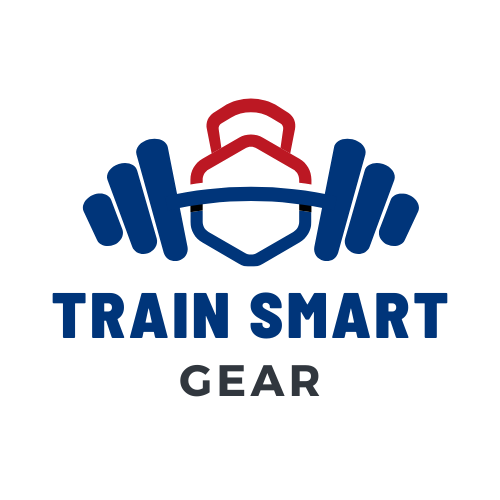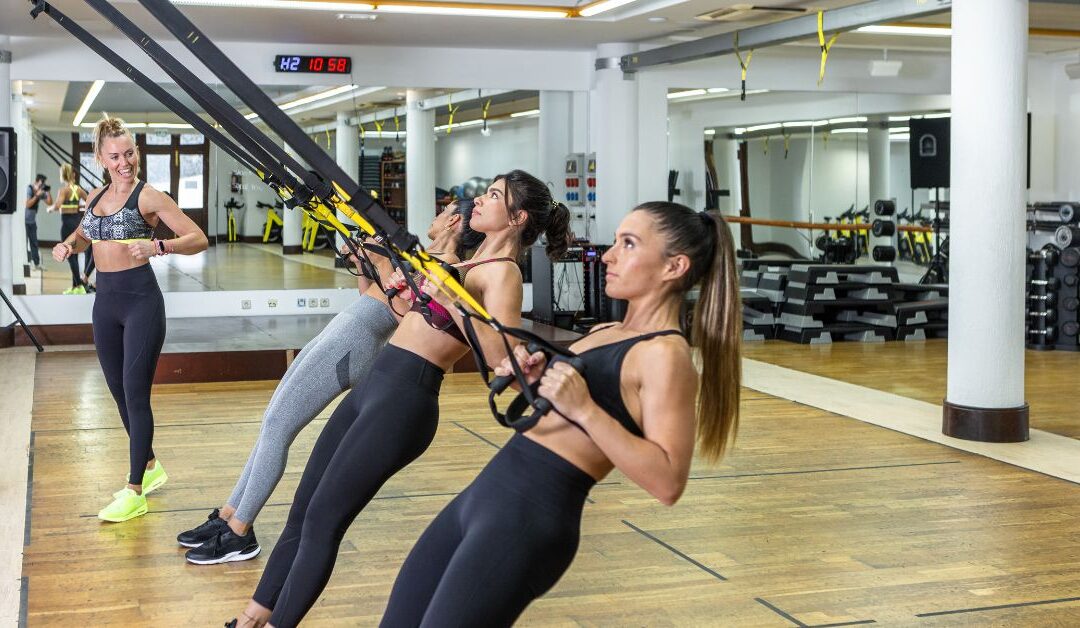When it comes to working out, many people start with traditional machines — leg presses, bicep curl stations, and chest press machines. While these tools have their place, they often isolate muscles instead of training them to work together. Enter functional fitness: a smarter, more holistic way to build strength, stability, and endurance that actually carries over into your daily life. In this article, we’ll break down what functional fitness is, why it matters, and give you a checklist of practical exercises and tools to get started.
What Is Functional Fitness?
Functional fitness focuses on movements that mimic real-life activities. Instead of targeting one muscle at a time, it engages multiple muscle groups, joints, and even your cardiovascular system simultaneously.
Key Benefits:
- Strength & Coordination: Builds usable strength you’ll feel outside the gym.
- Injury Prevention: Improves balance & stability while enhancing joint resilience.
- Versatility: Can be done with bodyweight, free weights, or portable fitness tools.
- Wellness & Lifestyle: Reduces stiffness, improves posture, and boosts energy levels.
Functional Fitness Checklist
1. Core Movements to Master
- Squat Variations (air squats, goblet squats): Train lower body and mobility.
- Deadlifts (traditional, single-leg): Build posterior chain strength.
- Push-Ups: Still one of the best full-body moves — even better with a Portable Push-Up Board Set for targeted muscle activation.
- Rows & Pulls (resistance bands, dumbbells): Strengthen the back and balance pressing work.
2. Equipment to Keep Handy
- Strength Accessories: Resistance bands, kettlebells, and medicine balls.
- Home Gym Essentials: Dumbbells, a pull-up bar, or suspension trainer.
- Cardio Equipment: Rowers, assault bikes, or compact treadmills double as conditioning tools.
3. Mobility & Recovery Add-Ons
- Flexibility & Mobility tools: Foam rollers, yoga mats, resistance bands.
- Recovery Tools: Massage balls and percussive devices for post-session care.
- Yoga & Mindful Movement sessions to keep joints supple and reduce stress.
4. Outdoor & Studio Options
- Outdoor Fitness: Try hill sprints, farmer’s carries, or sandbag workouts in the park.
- Studio & Professional Use: Functional rigs and cable systems add variety for advanced trainees.
How to Structure a Functional Fitness Workout
Step 1: Warm-Up (5–10 mins)
Dynamic stretches + mobility drills.
Step 2: Strength + Movement (20–30 mins)
- Superset squats with push-ups.
- Pair deadlifts with rows.
- Add cardio bursts (jump rope, rowing, air bike) for conditioning.
Step 3: Core & Stability (5–10 mins)
Planks, bird dogs, or Pilates-inspired moves.
Step 4: Cool-Down (5–10 mins)
Static stretching + foam rolling with recovery gear.
Actionable Tips
- Train movements, not muscles — think squats, pulls, carries, pushes.
- Keep sessions simple: 5–6 exercises are plenty.
- Rotate equipment — experiment with new arrivals like hybrid tools or portable gear.
- Listen to your body — recovery is part of training.
- Track performance in everyday life (lifting groceries, climbing stairs) as much as in the gym.
Functional fitness isn’t about fancy machines — it’s about making your body work better, longer, and with less risk of injury. Whether you’re training at home with basic home gym essentials, outside with sandbags, or in a studio with pro rigs, the principles are the same: move naturally, challenge your balance, and strengthen your whole body.
Ready to ditch isolation and train with purpose? Check out our related blogs on Balance & Stability and Home Gym Essentials to build your foundation today.

